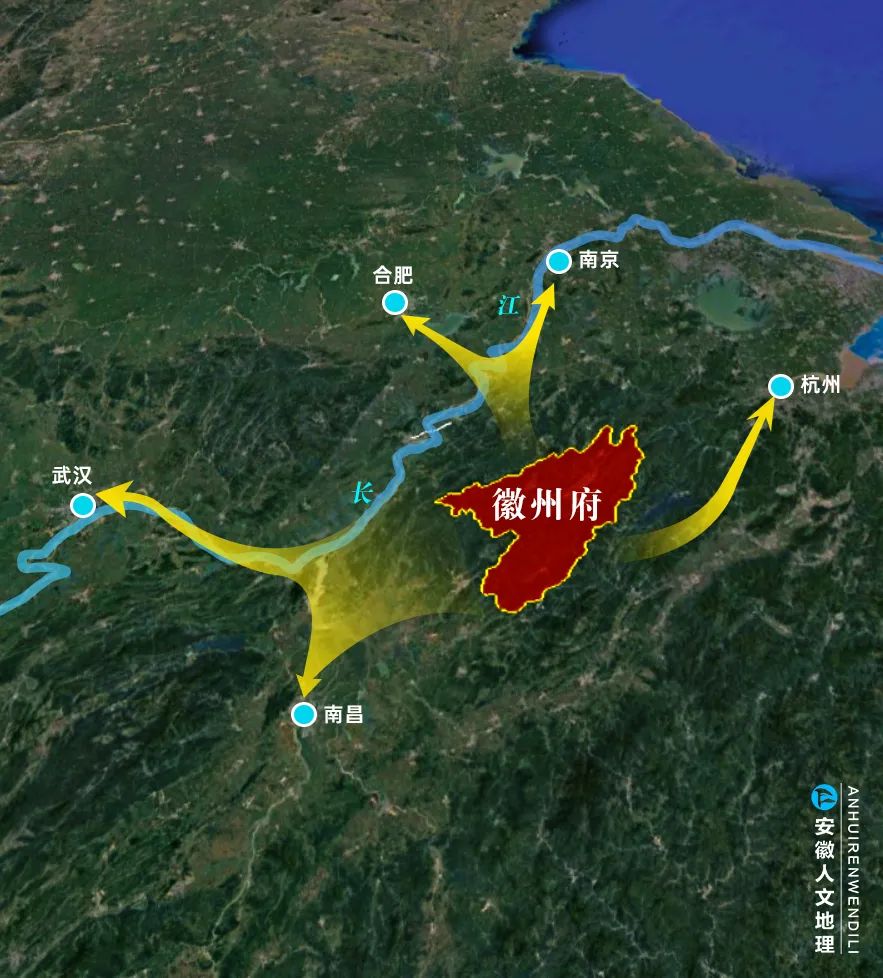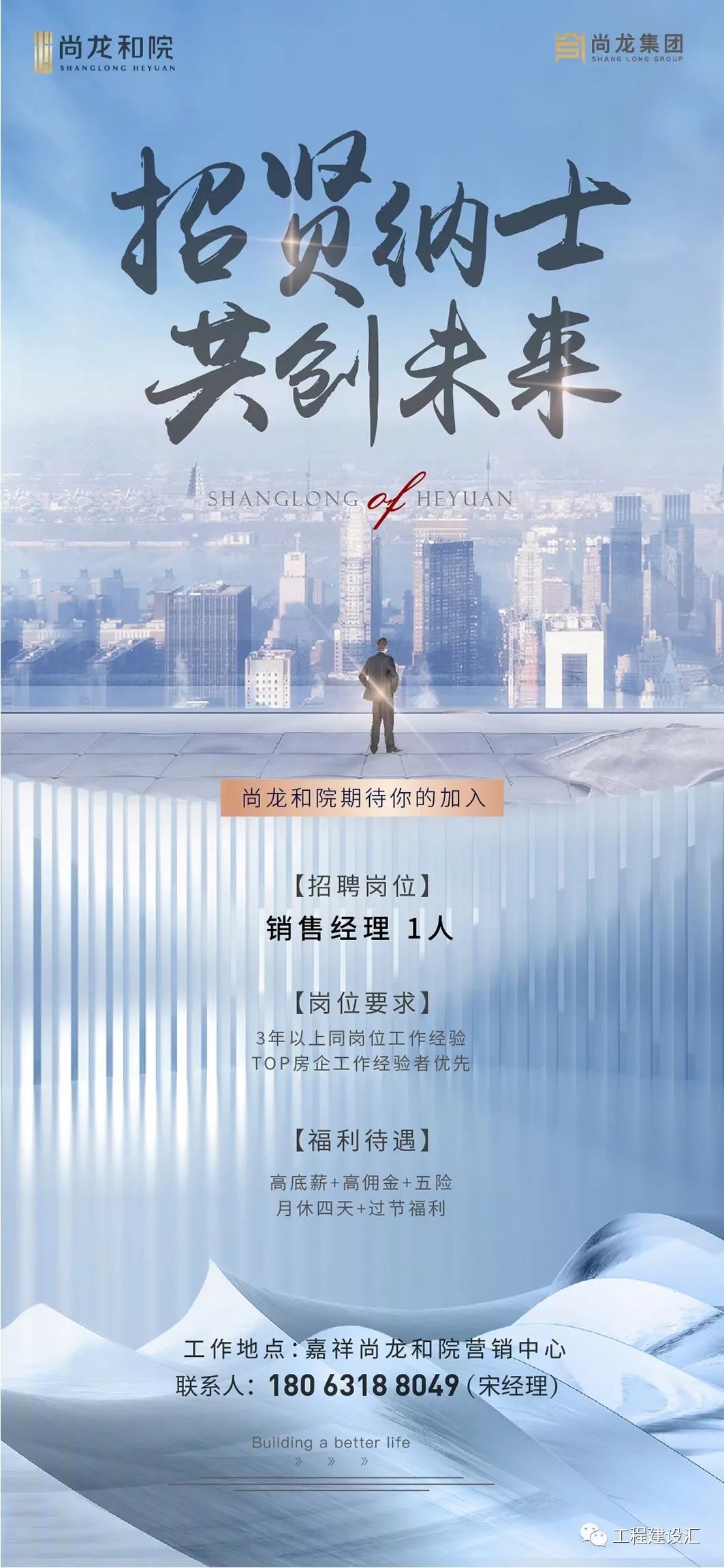The aboriginal descendants of Huizhou merchants flexibly use their dual identity of native and host to obtain the maximum benefits [11], constantly integrate into the life of the local people in Wuhan, and continuously integrate the Han style architecture with the Hui style architecture..
Most of the Hui style buildings in Wuhan are one storey bungalows, which pay attention to the site selection of Feng Shui, and carry out multi-point layout of important ancestral halls, medicine bureaus, academies and other types of buildings.
The study of “small Huizhou” pays attention to the influence of the outside world and its internal significance, while “big Huizhou” pays attention to the influence and extension significance of Huizhou architectural culture.
Huizhou merchants follow this route, from Fuliang in Jiangxi in the west, through Hukou and then up the river, or along the Qingyi River, from the north to Wuhu, and finally to Hankou.
At the same time, there are no shadow walls, and the walls are built with stones, which not only retains the high walls, grey tiles, patios and other forms of traditional Hui style buildings, but also adapts to the local terrain and cultural characteristics.

The current new rural construction in Wuhan and Hubu Lane in Wuchang also absorb the new Huizhou style, which can be regarded as a source of Huizhou architectural culture in Wuhan.
During the Ming and Qing Dynasties, Wuhan was a key area for Hui merchants, Hui people and other immigrants to do business.
The land road is divided into North and south.
The main characteristics of Han style buildings are to adapt to the climate characteristics of hot summer and cold winter in Wuhan, to show the image of waterfront and riverside city water, and to show the characteristics of Chu historical buildings, such as high platform foundation, large roof, deep eaves, red and black color [10].
There are mainly two ways of cultural transmission: population migration and material transportation [2].
Xin’an Academy in Hankou is a Hui style building complex.

During the Ming and Qing Dynasties, Hankou (Wuhan) was the thoroughfare of nine provinces, which was transferred and distributed, while Huizhou merchants were a strong force active on the Yangtze River, which also created the spread of Huizhou architectural culture in Wuhan, and Wuhan became an important node in the cultural influence chain of “great Huizhou”.

Key words: Ming and Qing Dynasties; Huizhou architectural culture; Wuhan; Xin’an College; Meichi village; Dayu Bay, Huangpi I.
Dayu Bay in Huangpi is also a typical Huizhou immigrant village in the Ming and Qing Dynasties.
“Small Huizhou” refers to the administrative scope of one Prefecture and six counties in Huizhou during the Tang and Song Dynasties, including Huizhou Prefecture and Shexian, Shexian, Xiuning, Jixi, Wuyuan and Qimen; “Great Huizhou” refers to the geographical space of China and even overseas outside Huizhou, which is widely influenced by Huizhou culture [3].
Hankou is known as “there are 40000 families in Han Town, and half of them live in Xin’an” [6].
Compared with the “small Huizhou” of “one government and six counties”, there is also a concept of “big Huizhou”, which is the cultural and population network formed by Huizhou merchants, Huizhou people as officials and immigrants.
You are 13 or 14 years old and throw it out.” Facing the realistic dilemma of “seven mountains, one water, one field, one road and Manor” [7], when the high plot ratio could not carry the excessive population, the Huizhou people resolutely made the difficult choice of “the people of the world depend on agriculture and the Huizhou people depend on commerce”.
▼ communication path of Huizhou culture and mapping @ Zhoulin Zhou Lin the Yangtze River has been an important waterway transportation route in China since ancient times.
The ways of population flow and cultural exchange such as relocation, official employment and business were initially subjective choices under objective conditions, and then slowly evolved into a social fashion, especially in the Ming and Qing Dynasties.
Hui people go to Wuhan by water and two land routes from the local starting point of Huizhou.
③ Han style architecture mainly refers to the architecture with Chu culture as the background in Wuhan [9].
The architectural culture of Huizhou is not only originated and developed in Huizhou, but also spread and active in China.
At the same time, Huizhou merchants linked by blood moved out with development population [5], which jointly created the spread of Huizhou architectural culture outside the region.
During the Ming and Qing Dynasties, the contradiction between local people and land in Huizhou was prominent, resulting in the relocation of survival population.

Reading is the foundation, farming is the foundation, and business is also the foundation.
It connects East and West China, undertakes heavy commercial transportation work, and promotes the mutual exchange and influence of architectural culture in the Yangtze River Basin.
② Hui style architectural culture was introduced into Wuhan.
The narrow space of Huizhou has contributed to the outward migration of Huizhou people.
Introduction: Hui style architectural culture is not only affected by the “coming in” of imported culture [1], but also affected the architectural culture of Jiangxi, Zhejiang, Jiangsu and other places [2-4].
The Huizhou architectural culture in Wuhan has been brought by the Huizhou people since the Ming and Qing Dynasties, integrated with the local style of Jingchu, and evolved into today’s Han architectural style.

There is a saying in Huizhou in the Ming and Qing Dynasties: “if you don’t repair in your previous life, you are born in Huizhou.
The waterway is the Changjiang River.
Abstract: compared with the “small Huizhou” of “one government and six counties”, the “big Huizhou” refers to the areas formed in Huizhou and affecting China and even overseas.
Like the Huizhou merchants who went to Hangzhou, Suzhou and Yangzhou, the Huizhou merchants in Hankou continuously immigrated to Hankou by water and land to do business, live and become officials.
In the north, there is the ancient Hui’an road from Qimen to Anqing, and then from Anqing to Hankou; There are HuiFu ancient road, huirao ancient road and Huiwu ancient road in the south to Fuliang, and then to Hankou by water.
2、 As Hu Shi said, there are so-called “small Huizhou” and “big Huizhou” for Huizhou people.
On the Yangtze River, many merchant ships traveling by water take Hankou as the starting station or terminal.
Therefore, the spread of Huizhou architectural culture is not limited to Huizhou itself.
The infiltration of Huizhou traditional architectural culture and the mutual exchange and integration of Wuhan local Hui architectural culture formed the Hui architectural culture of Wuhan, such as Dayu Bay in Huangpi, Meichi village, Hankou Xin’an Academy and so on.
Many people in Qimen go out to do business [8].
▼ there are one government and six counties in Huizhou.
Huangpi in the north of Hankou also has the saying of “half Hui people in the city”.

From below the county seat of Qimen, there are boats and boats, from the inverted lake to Jiangxi in the west, and from Fuliang, Jingdezhen and Poyang to Jiujiang and Hankou.
Huizhou architectural culture also spread in China and passed on at home and abroad.





